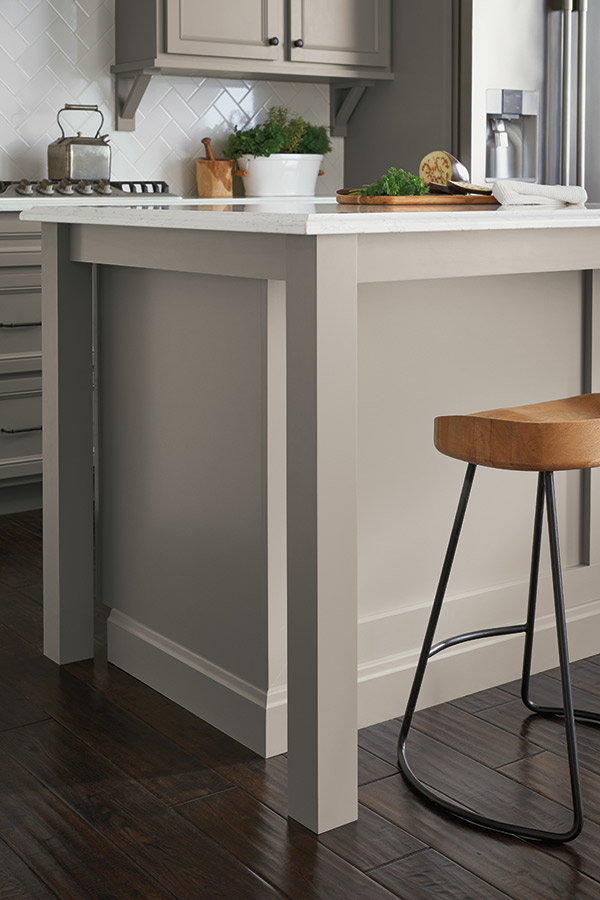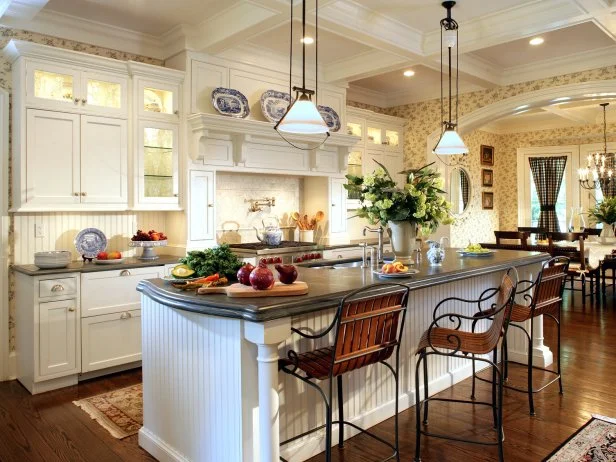Make Your Kitchen Island Stand Out with Custom-made Legs For Kitchen Island
Make Your Kitchen Island Stand Out with Custom-made Legs For Kitchen Island
Blog Article
Necessary Aspects to Think About When Picking Legs For Kitchen Island
Choosing the ideal legs for a kitchen area island entails a cautious analysis of multiple aspects that can considerably influence both capability and aesthetic charm. As we discover these elements, it ends up being clear that each choice can have far-reaching ramifications for the general kitchen experience.
Product Options
When selecting legs for a kitchen area island, recognizing the various material choices is necessary for achieving both aesthetic charm and architectural integrity (Legs For Kitchen Island). The option of product dramatically influences not only the resilience of the island yet additionally its overall design and performance
Steel legs, often made from stainless steel or functioned iron, add a contemporary and industrial feel while ensuring resilience and stability. These materials are resistant to put on and can sustain substantial weight, making them ideal for bigger islands.
One more choice is crafted materials, like MDF or plywood, which can be much more cost-effective while still offering a series of coatings. They may not give the exact same level of security as solid wood or metal. Legs For Kitchen Island. Materials such as acrylic or glass can develop a contemporary appearance, though they may need added assistance to make certain security.
Ultimately, the option of material for cooking area island legs ought to align with the wanted functionality and the total motif of the kitchen area.
Design And Style

When taking into consideration design, the form and surface of the legs are crucial. Tapered legs can supply a sense of lightness and sophistication, while thicker, more durable legs can share toughness and security. In addition, the coating-- be it repainted, discolored, or natural-- should complement the cabinetry and countertop products to develop a unified appearance.
Additionally, the style of the legs can also reflect personal taste. Custom or decorative legs, such as those including complex carvings or unique geometric forms, can function as prime focus, adding personality and character to the kitchen. Ultimately, the best choice will certainly not just boost performance yet likewise elevate the visual charm, making the kitchen island a standout feature of the home.
Elevation Considerations
Picking the appropriate elevation for kitchen island legs is critical, as it directly impacts both functionality and comfort. The typical height for a kitchen area island commonly varies from 36 to 42 inches, lining up with usual kitchen counter heights.

It is likewise vital to account for individuals' heights and choices. Personalizing the elevation can make certain a comfy experience for all member of the family, making the kitchen island an extra practical and enjoyable room.
Weight Support
Ensuring ample weight support for cooking area island legs is important for both safety and security and performance. The cooking area island usually offers numerous functions, consisting of cooking, eating, and additional storage space, demanding a robust assistance structure. When picking legs, it is vital to consider the general weight capacity needed based upon the island's intended use and the products that will be positioned on it.
The selection of material for the legs plays a significant function in their weight-bearing capacities. Solid timber, metal, and durable compounds normally provide exceptional stamina compared to lighter products. Additionally, the style of the legs-- whether they are directly, tapered, or have a pedestal kind-- can affect their capability to distribute weight effectively across the framework.
Additionally, the leg positioning ought to be purposefully intended to enhance stability. Legs positioned at the edges or with a wider base can better support much heavier lots. Always speak with the maker's requirements pertaining to lots limits to guarantee that pop over to these guys the legs can sustain the intended weight without compromising safety. In summary, choosing kitchen area island legs with appropriate weight support is necessary for developing a secure and useful cooking area.
Installment and Upkeep
Appropriate installation and upkeep of kitchen island legs are crucial for making sure durability and security. This frequently includes safeguarding the legs to the island base using proper fasteners, ensuring that the legs go to this website are degree and lined up.
Once installed, routine upkeep is needed to preserve the integrity and look of the legs - Legs For Kitchen Island. For wooden legs, periodic cleaning with a moist fabric and application of suitable wood polish can protect against dampness damages and maintain their surface. Metal legs might call for a gentle cleaning option to get rid of oil and gunk, adhered to by a dry cloth to avoid corrosion development
Additionally, examine the legs frequently for indications of wear or damage, such as splits or loose joints. Tightening screws or bolts as required can additionally lengthen the life expectancy of the legs. By adhering to these installation and upkeep practices, house owners can make sure that their cooking area island remains tough and visually appealing for many years to come.
Conclusion

Aesthetic coherence is extremely important in selecting the style and style of legs for a kitchen island, as these components considerably influence the overall setting of the area. Tapered legs can supply a feeling of agility and elegance, while thicker, more robust legs can share stamina and security.Choosing the proper elevation for kitchen area island legs is critical, as it straight impacts both performance and comfort. In summary, picking kitchen island legs with ample weight support is important for creating a safe and practical cooking space.
In final thought, picking legs for a kitchen island necessitates mindful consideration of different variables, including product alternatives, design, height, weight assistance, and installation.
Report this page